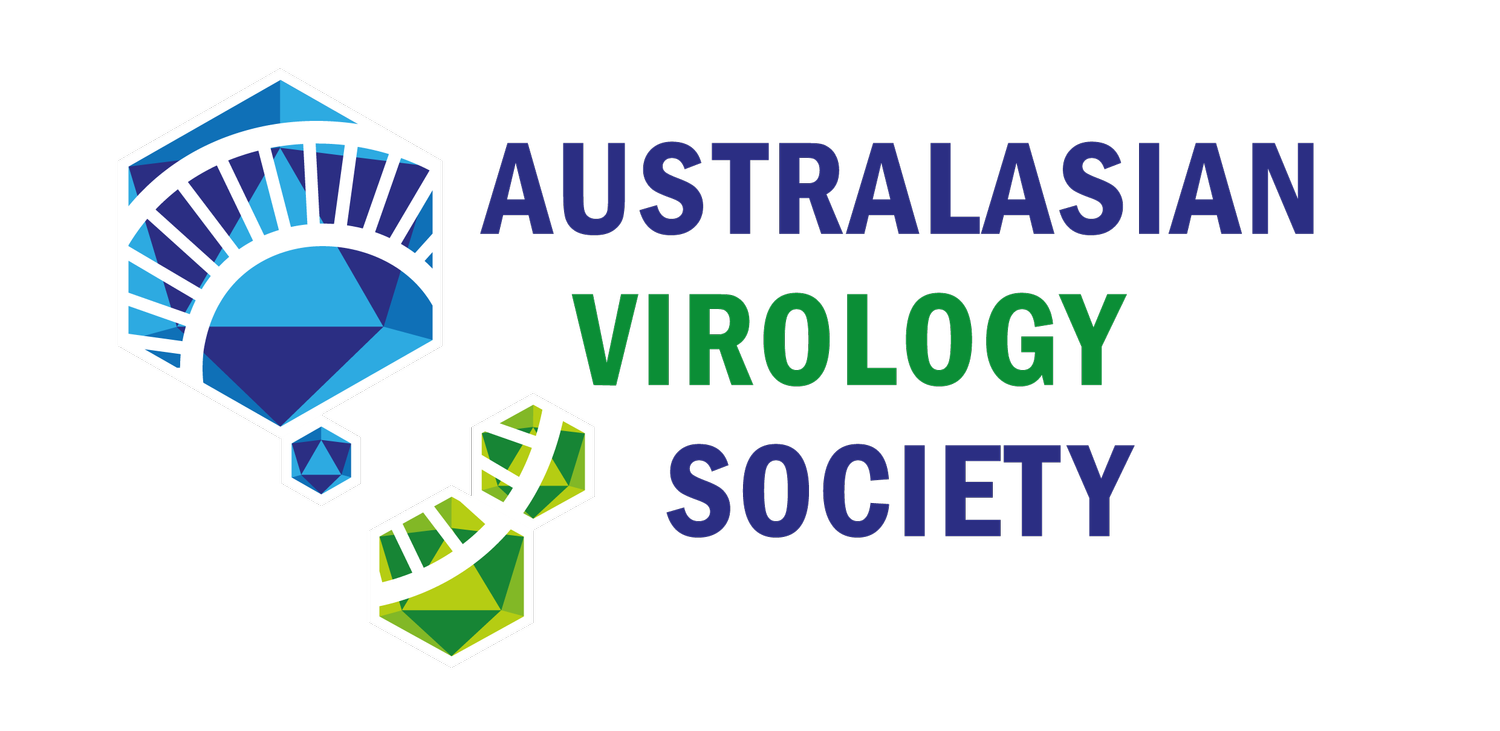Burnet Institute
Professor Gilda Tachedjian
BSc Hons (Monash University) Microbiology, PhD (Monash University) Microbiology, and Postdoctoral training (Columbia University, New York, USA). Head, Life Sciences Discipline and the Retrovirology and Antivirals Laboratory, and Co-Head of Eliminate HIV at the Burnet Institute. NHMRC Senior Research Fellow. Honorary Professor Department of Microbiology and Immunology Peter Doherty Institute University of Melbourne, Adjunct Associate Professor Monash University Department of Microbiology, and Honorary Professor School of Science, College of Science, Engineering and Health, RMIT University.
Email: gilda.tachedjian@burnet.edu.au
Phone: +613 9282 2256
Web: www.burnet.edu.au/working_groups/21_tachedjian_group
Twitter Handle: @GildaTachedjian
Associate Professor Heidi Drummer
Viral Entry and Vaccines Laboratory
Twitter @hdrummer1
www.burnet.edu.au/people/93_heidi_drummer
Email: Heidi.drummer@burnet.edu.au
Phone: +61392822179
Web: www.orcid.org/0000-0002-0042-6277
Qualifications: BSc(Hons), PhD.
The overarching interest of my laboratory is studying antiviral mechanisms against HIV and other emerging viral pathogens with a focus on translating our research into novel antiviral strategies. My lab has published in the areas of HIV reverse transcriptase, antivirals, drug resistance, HIV prevention research and bat retroviruses. We employ molecular virology, immunology, biochemistry and bioinformatics in our research. Our current research interests include the development of a new drug class for HIV treatment and prevention using fragment-based drug design, understanding the impact of the vaginal microbiota on susceptibility to HIV and other sexually transmitted infections, and studying viruses and restriction factors in bats, a major mammalian reservoir of viral pathogens that are lethal to humans.
Our laboratory focusses on understanding how enveloped viruses attach to and enter cells to initiate viral replication and immunological responses that prevent infection with a vision to develop the world’s first preventative HCV vaccine for HCV elimination. Hepatitis C Virus contains two envelope glycoproteins, E1 and E2, that function as a heterodimer to mediate attachment and virus-cell membrane fusion. The viral glycoprotein E2 is primarily responsible for receptor binding to scavenger receptor class B type 1 (SRB1) and CD81. Antibodies directed towards regions of E2 that interfere with SRB1 or CD81 binding, block virus entry and are neutralizing antibodies. Therefore, understanding the structure of E2, how it interacts with both cellular receptors and how antibodies prevent these interactions are pivotal for vaccine development. Through our studies, we have identified a leading HCV vaccine candidate (HepSeeVaxDelta3) that we are currently assessing in preclinical studies as a recombinant protein, as a virus-like particle and incorporated in viral vector delivery technologies with T cell immunogens. Our unique access to HCV infected cohorts has enabled the development of technology to mine B cells from PBMCs using our vaccine candidate and define novel antibody specificities and immune targets. We use a variety of methodologies including molecular virology, cell biology, bioinformatics, immunology, structural biology and biochemical approaches.
Major projects: Prophylactic vaccine development for the elimination of Hepatitis C; The elimination of Hepatitis C as a global public health threat; Profiling the specificity of the neutralizing antibody response in people who have long term protection from developingchronic HCV; Structural studies of the HCV glycoprotein E2.


